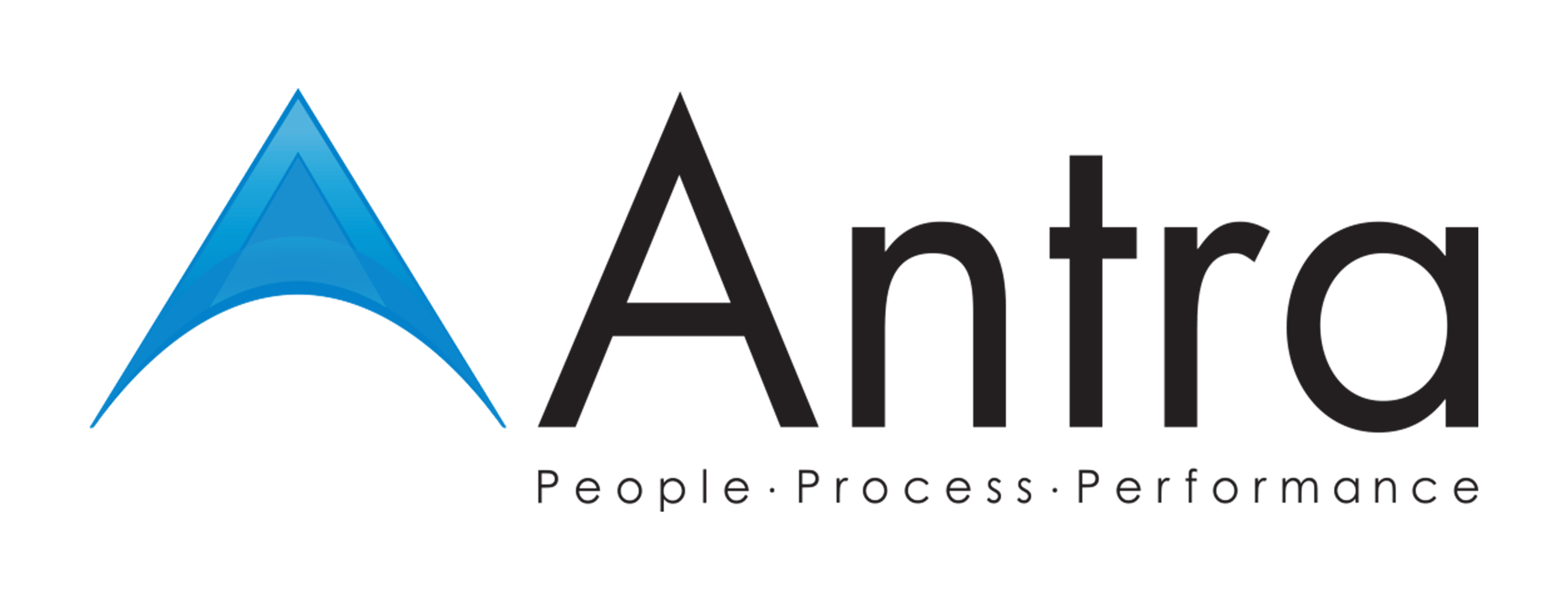Scrum framework has primarily three different roles, they are Certified Scrum Master (CSM), Scrum Product Owner and the Scrum Team. Each of these roles has a set of common rules that are quite important to finish a project or a task successfully.

Certified Scrum Master: A CSM is a facilitator for an Agile development team. He/she ensures that the Scrum Team adheres to the rules, norms and practices of the Scrum theory. Some of the most significant responsibilities of the Scrum master include:
- Managing the process for how information is exchanged
- Facilitating various Scrum events
- Ensures effective communication between the Scrum Product Owner and the Scrum Team
- Trains the Scrum Team
- Adapts to the emerging changes
- Ensures to maximize the amount of productivity of the Scrum Team
Scrum Product Owner: The Scrum Product Owner plays a vital role within this development framework. He/she represents stakeholders or end customers and is accountable for maximizing the product value. Here are some major responsibilities of the Scrum Product Owner:
- Release management
- Manage the Scrum Product Backlog
- To work closely with the Scrum Team
- Stakeholder management
Scrum Team: Besides Product Owner, Scrum Team delivers the core work from the requirements. Everyone in the Scrum Team ensures to follow a common goal, have respect for each other, and follow the defined rules and norms. Here are some top common responsibilities of every Scrum Team member:
- Create the Sprint Backlog
- Perform the short Daily Sprint Meeting
- Update their status of the tasks regularly
- Allow creation of a Sprint Burndown Diagram
